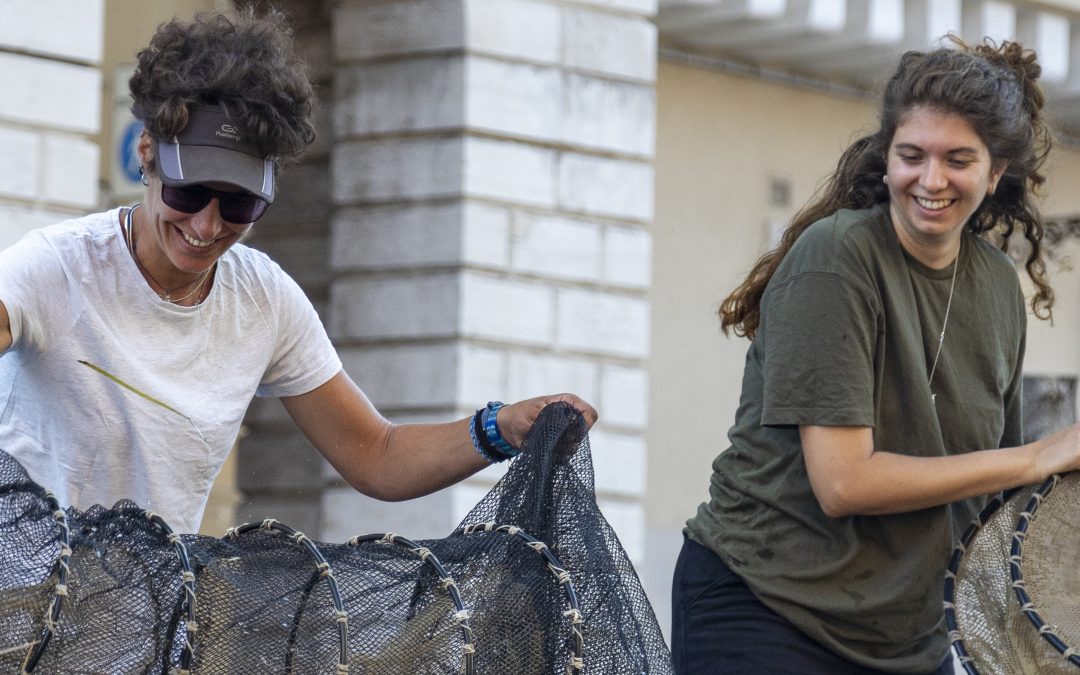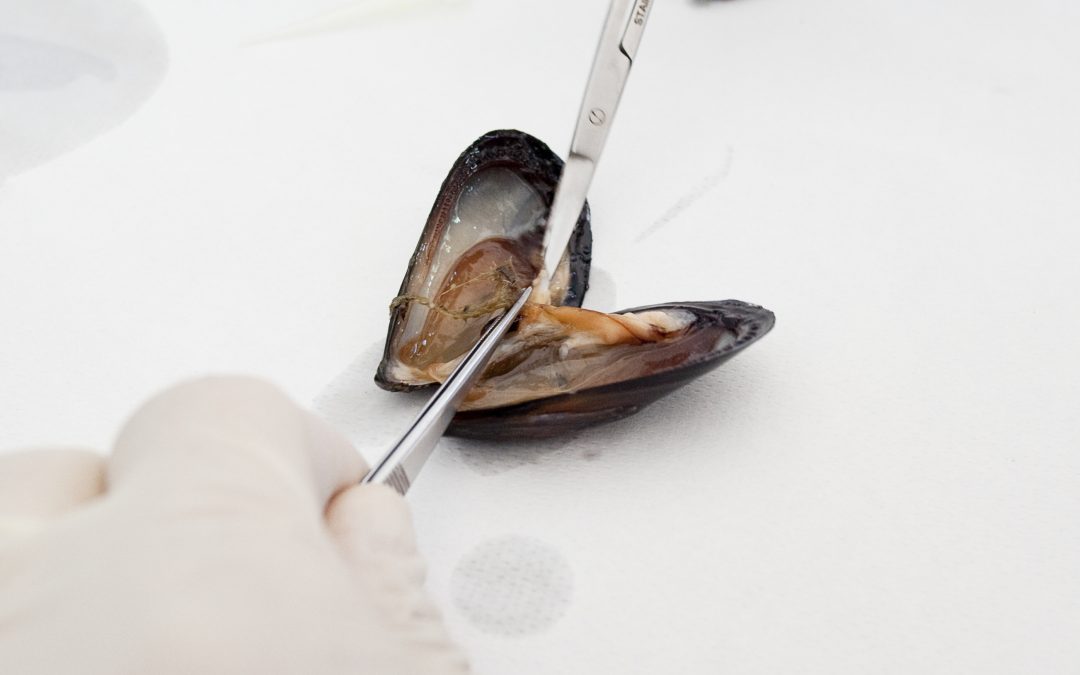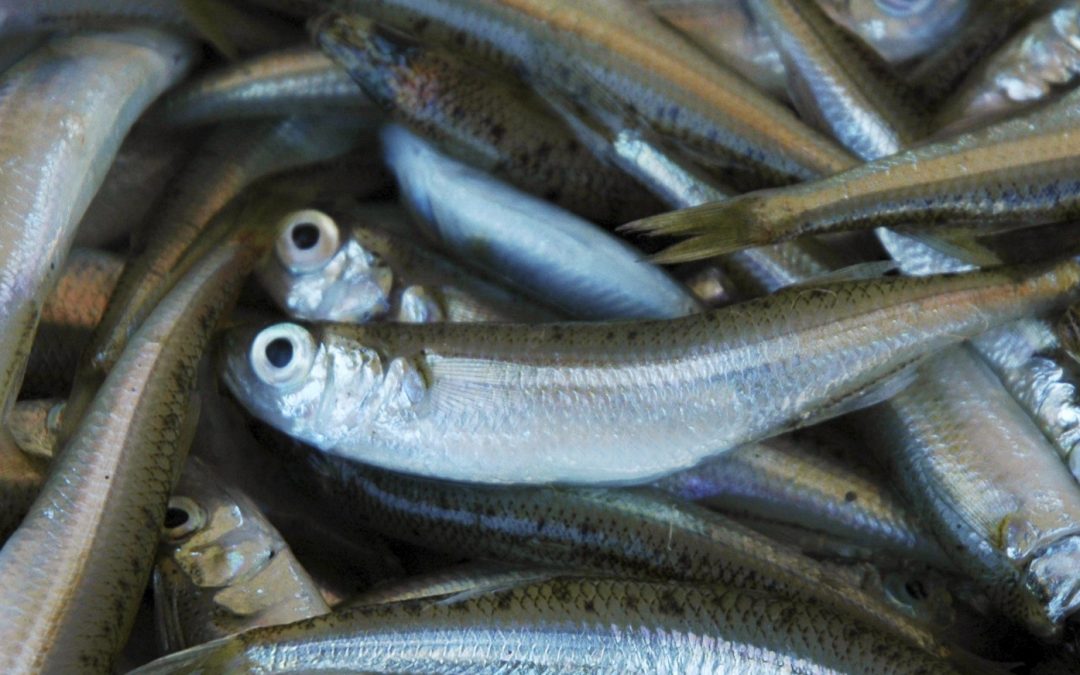
by Dai_Vu | May 21, 2025 | Research and insights
In 1792, Giuseppe Olivi, a brilliant naturalist, published the Zoologia Adriatica ossia Catalogo ragionato degli animali del Golfo e delle lagune di Venezia, a source of inspiration for his contemporary naturalists, whether zoologists or not. It is from this text...

by Dai_Vu | May 21, 2025 | Research and insights
Born in Chioggia in 1769, he was one of the most brilliant Italian naturalists of the eighteenth century and one of the founders of the modern concept of zoology. What distinguished him from his contemporaries was his ability to look at this discipline in an...

by Dai_Vu | May 21, 2025 | Research and insights
The research activities of the University of Padua in the Venice Lagoon and the Adriatic Sea have as their general objectives the study of lagoon and marine biodiversity, environmental protection and improvement of the productive potential of the area. The spectrum of...

by Dai_Vu | May 21, 2025 | Research and insights
The Chioggia Fisheries Database is the result of decades of collaboration between marine biologists, local authorities and the Fish Market. Thanks to the work of researchers, this database, which is constantly being updated, gives access to historical information on...

by Dai_Vu | May 21, 2025 | Research and insights
The collection of Adriatic marine zoology, on which the “G. Olivi” Museum is based, has an adventurous history, which began in the second half of the 19th century in Trieste, at the Zoological Station of St. Andrew. This small Trieste laboratory was a bustling...

by Dai_Vu | May 21, 2025 | Research and insights
When the Trieste and Rovinj Collection was formed at the turn of the 19th and 20th centuries, direct sampling of marine organisms was the main way of being able to observe their characteristics, if not the only way. Since the 1940s, with the advent of new diving...







